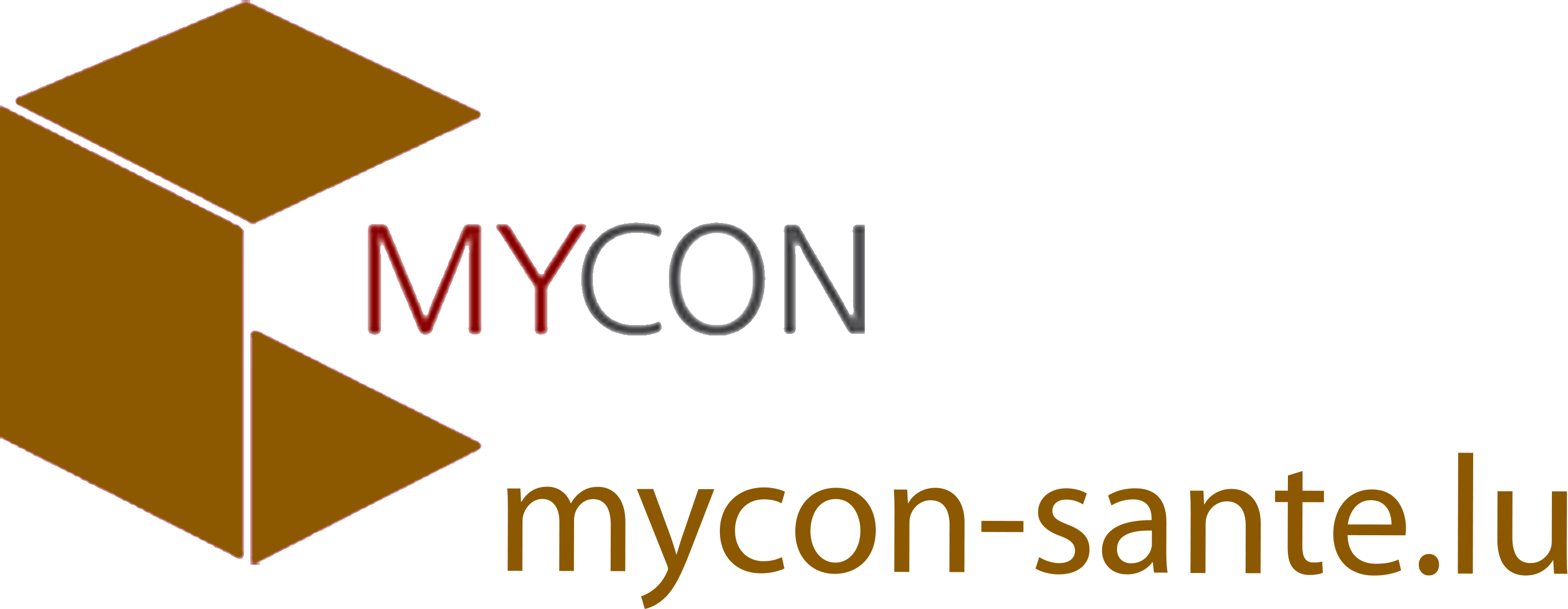00352 - 27 28 15 38 | mycon@mycon.lu
Coordination Sigeko
HEALTH COORDINATION
One of the most important aspects on a construction site is safety and health coordination. This is about controlling and minimising hazards to your safety and health. It is thus part of occupational health and safety, which requires measures for the humane design of work. These are indispensable support processes of a company.
Legal obligations of the employer
- Risk avoidance
- Assessment of unavoidable risks
- Hazard control at the source
- Consideration of the human factor
- Consideration of the state of the art
- Elimination or reduction of hazardous moments
- Hazard prevention planning
Priority of collective hazard protection over individual hazard protection - Issue appropriate instructions to workers
PGSS - In the Safety Plan
- Sanitary facilities WC etc. Where How much
- Construction site equipment (access road fastening, embankment, possibly underpinning)
- Description of the construction site
- Duration of the construction site ; Start of construction, construction companies involved, urgencies Hospital Police Fire brigade
- Water connection
- Electrical connection
- Barriers
- Preventing the dangers
- Risk of fall
- Fire prohibited on construction sites
PPSS - Safety plan of the construction companies must be included
- General information
- Forward information to sub.
- Risk development
- Further training of employees
- Provide documentation
- Approval control
- Compliance with hygiene regulations
DAO As Built?
- Description of the construction description de la construktion
- Description of the exterior Description of the exterior
- Maintenance of the building Entretien du Batiment
- Preventive fire protection ( Prevention incendie )
- Escape route
- Urgencies Tel ( Police, Hospital)
- Technical data sheet should be included
Definition and content of the coordination protocol
- Construction companies Involved Architect Structural engineer CSS Building specification
- Is there a site layout plan ? Temperature ? Safety for construction workers Helmet Hearing protection Dust mask Authorisation check
- Defects ? Fence there ? is the advice prealable ? Has the Acces Chantier been made
- Plan AS built by construction companies
- Has the PPSS been sent to the security office.
Coordination plan
- Coordinate the application of the general principles
- The specific measures and tasks of the SiGiko plan must be integrated into the tender documents.
- Compile a Built DAO document and record in it relevant health and safety information to be taken into account in any subsequent works.
- Ensure that the general principles of prevention on safety and health set out in the Workers at Work Safety and Health Act 31 July 2006 are taken into account by the Contractor and, where appropriate, by the Client, including
- In estimating the time required to carry out this work
- Develop an overall health and safety plan specific to the construction site concerned, taking into account the work carried out on the site. The plan must also include specific measures relating to work falling within one or more categories of Annex II to the Grand-Ducal Regulation of 29 October 2004 and the elements covered by Annex V to the Grand-Ducal Regulation.
- The specific indications and specific measures of the general plan of safety and health should be included in the tender documents.
- Draw up a list, adapted to the site, of the health and safety features to be adopted for any subsequent work. The elements listed in Annex VIII of the Grand-Ducal Regulation of 29 October 2004 must also be adopted.
The coordinator for safety and health during the construction site phase
- Coordinates the compilation of the general principles of prevention and safety:
- In technical and / or organisational decisions, to plan the different works or work stages that take place simultaneously or consecutively.
- When estimating the time to carry out these different works or stages of work;
- Coordinates the implementation of the relevant regulations to ensure that employers and, where appropriate, for the protection of workers:
- Consistently implement the principles set out in paragraph 4.2;
- implement, where necessary, the general health and safety plan in paragraph 3.1.b;
- make the necessary adjustments to the general safety and health plan referred to in paragraph 3.1.b and in paragraph 3.1.c, depending on the progress of the work and changes, and on the additional information in the specific safety and health plans of the establishments.
- Organised between employers, including those who operate on site, cooperation and coordination of activities for the protection of workers and the prevention of accidents and damage to professional health risks, and follow mutual information contained in the law of 31 July 2006 Book III regarding the safety and health of workers at work.
- coordinates the monitoring of the proper application of work procedures;
- Ensures that the necessary steps are taken to ensure that only authorised persons have access to the site.
Chantier Sécurité Santé (CSS)
- for the construction site equipment
- Sizes Dimensioning of the construction site facilities (storage area)
- Respect the law for hygienic facilities
- Code du travail, Labour Code
- Descriptions of the ITM And AAA
- Development and readjustment of the construction site in relation to hazards Modification
- Terms of contract Cahier des charges
- Tenders Bordereaux
- Bidding of the construction companies (the CSS helps to analyse the bids)
- Site visits
- What belongs to the access to the construction site
- Settlement permit
- Trade register
- SALES TAX
- Sales tax identification
- Work permit
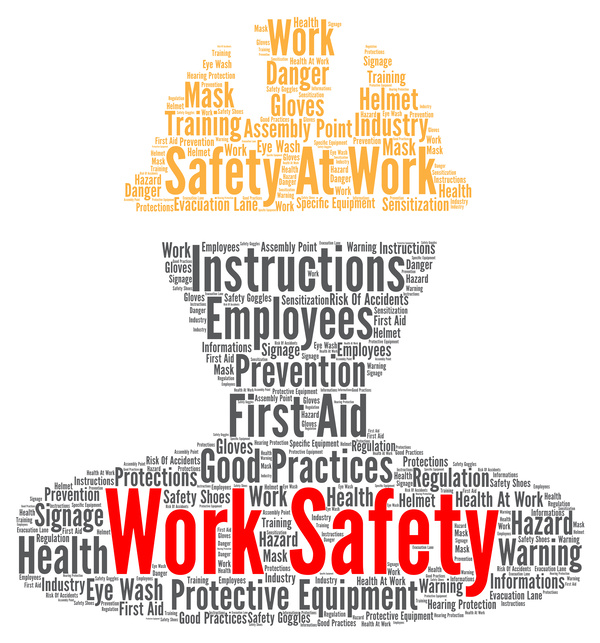
SIGEKO
With regard to the minimum safety and health requirements to be observed on temporary or mobile construction sites, each client is obliged to appoint one or more safety and health coordinators (SiGeKo) for each construction site where at least two companies carry out their activities (simultaneously or consecutively).
For this purpose, they may have recourse to specialised third parties, such as the approved SiGeKo.
These professionals, who carry out this activity under their own responsibility, will then explain to you the relevant technical details (e.g. the "general health and safety plan").
If the SiGeKo has a subordinate relationship (employment contract) with you, the coordination task must be recorded in a separate written document. If several works of the construction industry have to be carried out by several clients at the same time on one construction site, the respective SiGeKo are obliged to consult with each other in order to prevent the risks resulting from the mutual interference of these interventions.
There are two variants of SiGeKo, one for the conceptual (planning) phase of the construction and one for the realisation of the project (construction site phase). A contract between the client and the SiGeKo explains in particular the tasks that the latter must perform, as well as the beginning and end of the latter's obligations.
The client using a seconding company is hereby informed that in case of non-compliance of said company with the local legislation, its activities, respectively the activities of its seconded staff, may be temporarily, partially or totally interrupted.
There are 4 important conditions that must be met regarding advance notice (AP):
Advance notice period to the ITM
If it is a construction site of a certain size:- where the estimated duration of the construction project is longer than 30 (thirty) working days and where more than 20 (twenty) workers are employed at the same time,- OR the estimated construction volume is more extensive than 500 "man - days"; the client is obliged to send a to the ITM via his SiGeKo.
The ("AP") must be provided in accordance with Annex III of the G.V. of 28 June 2008 and shall be notified at least 10 working days before the start of the construction activity.
Visibility of the "AP
It is mandatory that the "written advance notice" is posted (visibly) on the construction site (preferably on the outer construction site grids under a plastic protection (against bad weather).
Communication options
The "AP" should preferably be sent to the following email address: ap@itm.etat.lu. Otherwise, the shall be delivered to the postal address of the ITM (: Department: ), PO Box 27 in L-2010 Luxembourg.
Obligation to update the "AP
The "written advance notice" must be updated when necessary. Any update of the employment situation or working conditions at the work site must be communicated to the ITM without delay. (e.g. in the event of a substantial increase in the number of workers or the planned commencement of activity by new companies or subcontractors at the work site.
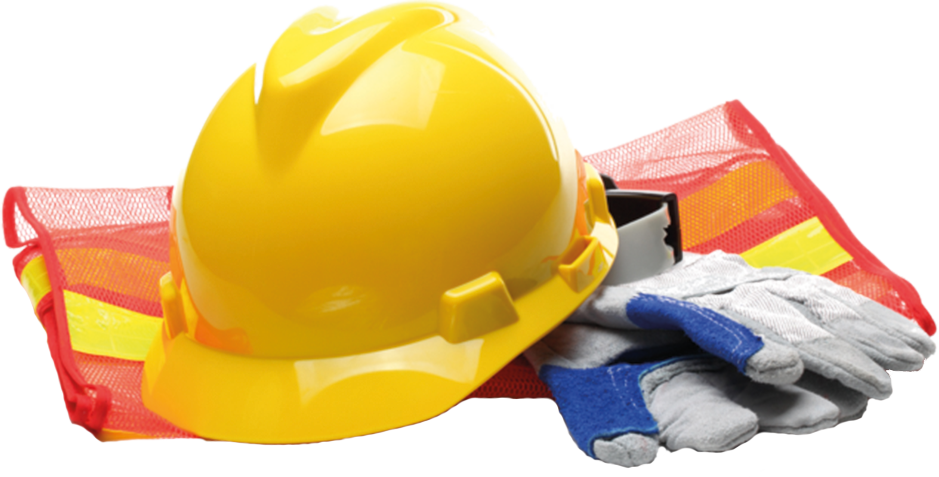

OCCUPATIONAL DISEASE
Diseases caused by exposure to physical nuisances
- Noises, vibrations,
Hazardous substances
- Dusts (asbestos, silica,...)
- Solvents, varnishes,
Musculoskeletal diseases
- Spine
- Upper limbs: Shoulder, elbow, wrist
Biological risks
- Tetanus, hepatitis, leptospirosis,
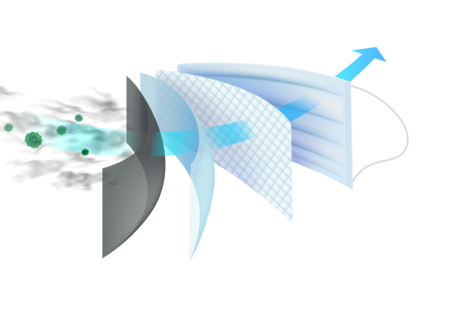
Hazard due to dust and vapours
- Asbestos : Demolition material (ethernite, refractory, flocking, pipes,...)
- Silicic acid : Processing of rock, sand, concrete,...
- Welding damper : Iron oxides, nickel, ....
- Wood
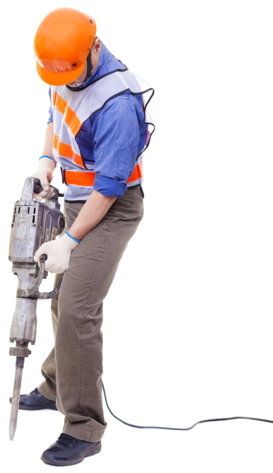
Risks associated with manual handling
- Manual load carrying : Articular and para-articular pathologies, some of which are recognised as occupational diseases
- Physical efforts
- Extended postures

Risks related to physical harassment
Noise level
- Truck 80-85 dBA
- Compressor 85-90 dBA
- Circular saw 103-106 dBA
- Jackhammer 103-115 dBA
Vibration
- 1-20 Hz Arthritis, slipped discs Construction machinery
- 20-30 Hz Osteoarticular injuries Jackhammer
- 40-400 Hz Vasomotor disturbances Drill hammer, Flex
HYGIENE
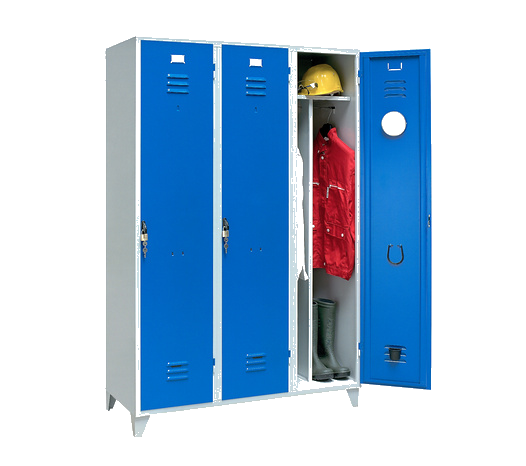
Coat rack
Sanitary
Refectory
FIRST AID
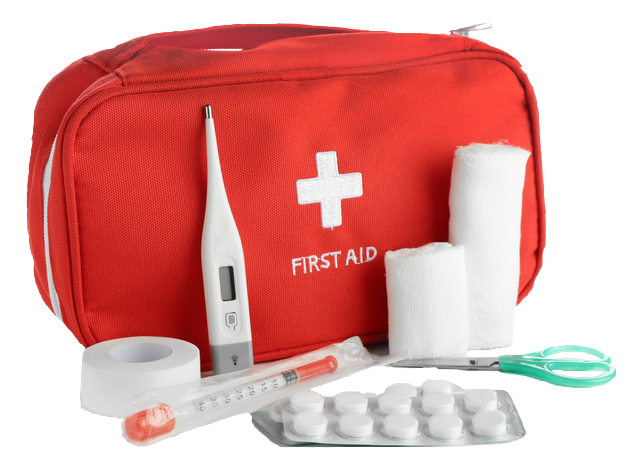
First aider
First aid kits
IMPACT

Tetanus-diphtheria-polio
Hepatitis A
Leptospirosis
